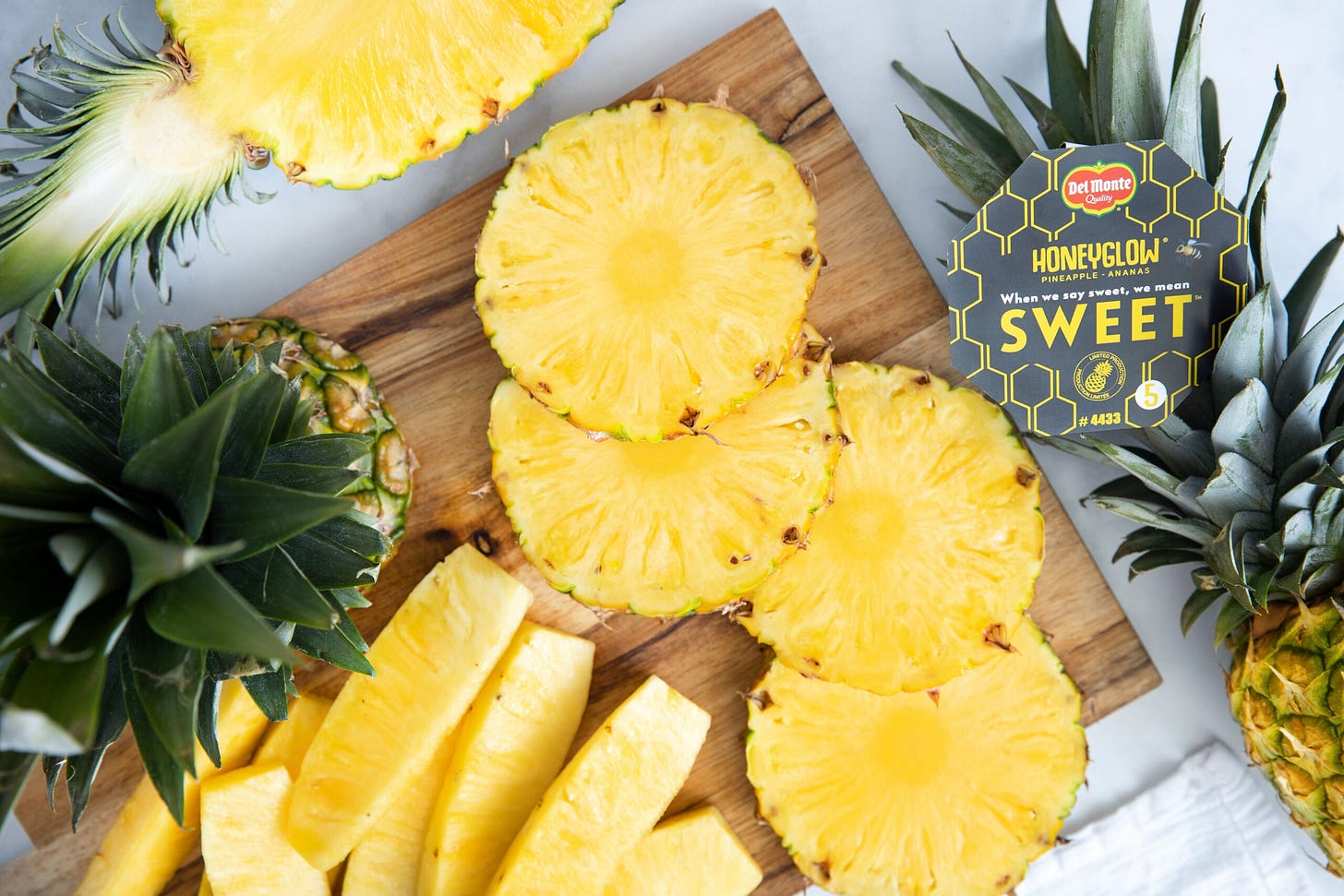The crucial thing about objects and places that endure is that their stories keep evolving as we, and our world, change. In the spirit of Ferragosto (the Italian practice of taking August off), rather than dive into a new topic, we’ve decided it’s a good time to share some Considered-worthy updates to past topics in our Summer Grab Bag.
Boat and Totes are Back
Over a year ago, I wrote about one of my favourite possessions, an LL Bean Boat and Tote bag. Mostly I focused on the history and practicality of the bag, but it’s the custom embroidery offering that has brought about a resurgence in its popularity.
Mine is the XL version, and I have customized it over the years with patches from my travels and embroidery from a local artist. Recently, the Boat and Tote has gained a new life as a canvas for ironic monogramming. (Not saying that I’m a trendsetter, but I am also not not saying that.) Ironic monogramming has become such a hot trend that it was picked up by The New York Times. Centered around the Instagram account @ironicboattotes, people are ordering, customizing and taking pictures of their totes with monograms such as “moody”, “dum blonde” (sic) and “oy vey”.
An L.L. Bean spokesperson told Vogue that this summer’s sales spike is the strongest they’ve experienced in close to a decade, on par with what they typically see during their holiday peak. They attribute the rise to increased popularity among new L.L. Bean customers, “particularly younger shoppers who are keen to hop on the monogramming trends we’re seeing on social media.”
If you are thinking about your own ironic monogram, L.L. Bean is not the only place that will customize or embroider your bag. They will not monogram trademarks or swear words (although some requests do slip by). They are, however, probably one of the cheaper options, because the embroidery is done by machine. A stylish alternative is chain stitch embroidery. It uses a looped stitch, as opposed to a straight stitch, and resembles a chain. It is one of the oldest forms of embroidery, with examples dating back to the 3rd century BC. Nowadays, it is done using a specific type of sewing machine as well as done by hand. It is most commonly associated with vintage goods from the 40s and 50s, but a quick google search should find you someone locally who can do it.

Hot Dogs are The World’s Most Chaotic Food: A Rapid-Fire Recap
Thanks to all the readers who replied to our hot dog newsletter to share how you like your dogs.
Local Dogs
TikToker/Youtuber Beryl Shereshewsky is also interested in how people eat their hot dogs, as well as all kinds of other foods. Her “bit” is that she asks people from all around the world how they eat X food. Some of her videos include hangover foods or comfort foods, but when she turned her eye to hot dogs it was as interesting and educational as I had hoped. For example, the French eat their hot dogs on a baguette with grainy mustard, bechamel and emmental cheese, all melted under the boiler. It really pushes the limit of the hot-dog-or-sandwich debate. A number of you also sent in Bæjarins Beztu, a hot dog stand in Reykjavik. There, they are served with apple ketchup, homemade crispy onions and sweet mustard.
Glizzy Straw
A New York Yankees fan was “caught” by New York filmographer Nico Haller turning his hot dog into a beer straw in a video that went viral last week. I have not tried it, but I appreciate the ingenuity as alternative straws are a growth business. Following single use plastic bans in many cities, alternative straws are now being made from paper to cellulose to wheat husks to… hot dogs, apparently. Honestly, the part of this that gives me the most joy is the local morning tv hosts who were tasked with trying out the hot dog straw and reporting on its taste/efficacy.
Hot Dogs from A Pagoda
Walter’s Hot Dogs in Westchester, NY is rated as one of the best hot dog slingers in the United States. In business since 1919, the restaurant only became famous after 1928 when the owner, Walter Warrington, decided he needed a building that would get people driving by to stop in. A friend of his was an architect of Asian descent and suggested the pagoda as inspiration for the renovation. The building is now on the US historical registry, where customers stop for “an exclusive blend of beef, pork and veal, Walter's hot dogs are split down the middle, grilled in a ‘secret sauce,’ and served on a toasted bun with Walter's signature mustard: a blend of choice mustard seeds, relish and spices.”
Sumo’s Cousin - The Honey Glow Pineapple
Our newsletter on Sumo Oranges remains one of the most popular in the Considered archive. Relatedly, Del Monte has recently introduced a comparable product to the pineapple market called the Honeyglow. What is interesting about the Honeyglow is that it is in fact not genetically modified, rather it is the growing process itself that has been modified. Del Monte first introduced a sweeter pineapple variety, called the Gold Pineapple in 1992. This had widespread popularity and implications for production, shifting from locations like Hawaii to countries like Costa Rica because of temperatures and proximity to key markets. They even sold a premium Gold pineapple called “Gold by Air” that was air freighted from Kenya and said to have been on tree no more than 48 hours before arriving in store.
Recently, Del Monte tried releasing a pink varietal with limited success. This variety was genetically modified to increase the amount of Lycopene (a common protein found in fruit) to give it a pink colour. The Honeyglow is an innovation in production. With the ability to get from farm to store shelves quicker than ever before, Del Monte now tree-ripens Honey pineapples to create the Honeyglow. Compared to the common practice of allowing fruit to ripen in transit, which increases its shelf life, tree-ripened fruit (like seasonal peaches) are allowed more time on the tree and therefore develop much higher sugar content. Ironically, causing them to spend less time on store shelves due to their delicious nature. If you see a Honeyglow in your local supermarket, I highly suggest giving it a try!
PS:
Rest in Paper; Inventor of the Trapper Keeper Passes Away
Considered has a soft spot for all things stationery and office supplies. It was with great sadness that we read about the death of E. Bryant Crutchfield (in this beautifully written obituary), a paper company executive who invented the Trapper Keeper.
What is a Trapper Keeper? It was the Russian nesting doll of binders. Inside one binder, which had a velcro clasp, included a number of notebooks and sub binders so that you could keep all your subjects organized in one place. Coinciding with the wide availability of photocopy and mimeograph machines, the amount of paper students needed to keep track of exploded. Mead, the manufacturer, estimated that by the mid 1980s over half of all middle school students had one. The company sold over $100 million worth per-year for over a decade. The original models were adorned with stock photography but were later canvases for collaboration with the likes of Lisa Frank and others.
The revolutionary aspect was not just the organization but creating an affordable canvas for self expression. The availability of so many designs allowed students to select the ones that best reflected their personality (or what they wanted others to see as their personality). Sadly, attempts to relaunch the product have failed. Relaunches were attempted both in 2007 and then in 2014, when the company redesigned it to accommodate a tablet device. While not widely available, there are some amazing designs for sale on the Mead website.








